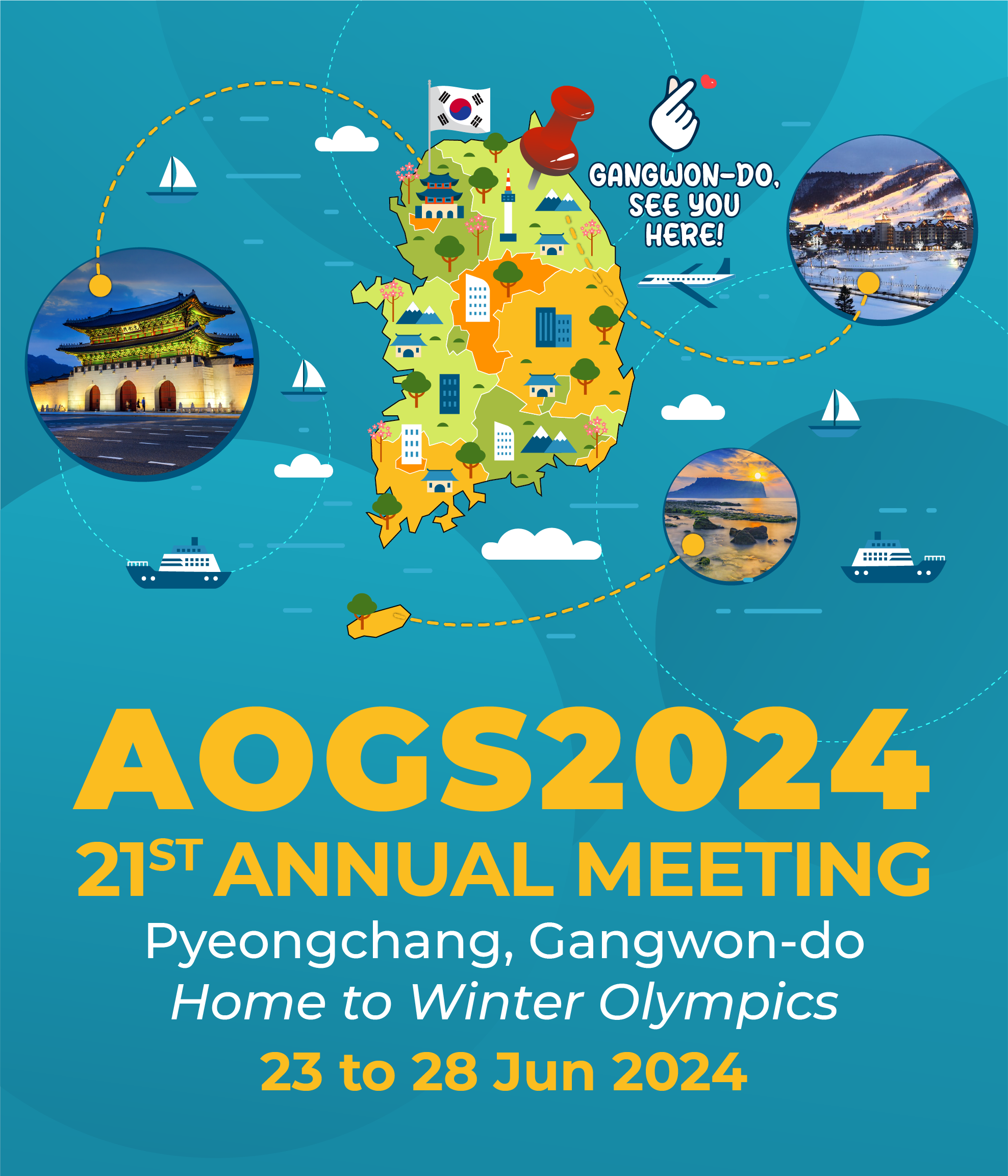
AS Distinguished Lecture | 24 Jun (Mon) 11:00 AM - 12:30 PM | Auditorium, Alpensia Convention Center

Masahiro (Masa) WATANABE
Professor, Atmosphere and Ocean Research Institute (AORI)
Deputy Director, UTokyo Center for Climate Solutions (UTCCS)
The University of Tokyo
Professor Masa Watanabe studies climate dynamics, mechanisms of climate change and variability, large-scale atmospheric circulation, and weather extremes mainly using a numerical approach based on global climate modeling. He obtained his PhD at the University of Tokyo in 2000, and after a post-doc period at the University of Hawaii, he became an associate professor at Hokkaido University in 2002. He moved to the University of Tokyo in 2007 and has been a professor in the Division of Climate System Research, AORI, since 2016. He is also a Deputy Director of the UTokyo Center for Climate Solutions, launched in 2022 for interdisciplinary research and education at the University of Tokyo. Prof. Watanabe has contributed to national and international climate science communities including as a Lead Author of Chapter 7 in the IPCC Working Group I 6th Assessment Report, and has received several awards from the Meteorological Society of Japan and Japan Geoscience Union as well as been selected to the Highly Cited Researcher in 2018, 2019, and 2021. Prof. Watanabe has served as a principal investigator of Japanese climate modeling for over two decades and bred young climate scientists throughout his career. He has over 170 co-authored publications on various topics such as climate change attribution, climate variability, and extreme weather events.
Value of Climate Models in Attributing and Projecting Large-Scale Climate Changes
In the present climate science, general circulation models (or global climate models, GCMs) are an important tool for research, and information derived from the GCM simulations is critical in some occasions such as future climate projections. The GCMs have continuously been improved during the past CMIP cycle, but the pace of the model improvement is not as rapid as we might expect, causing systematic errors in the mean state and processes to remain in many GCMs to date. These errors hinder obtaining robust climate change signals in models, and therefore a comprehensive assessment of the future change associated with global warming, as was done in the IPCC Sixth Assessment Report (AR6), requires combining multiple lines of evidence that act to narrow uncertainties. Yet, some of the evidence relies on the ensemble of GCM simulations, implying that the value of climate models in robustly estimating climate change signals is not downgraded even in the presence of model errors. I will present an example taken from the assessment of Earth’s climate sensitivity -- which is a basic measure of surface warming in response to increasing atmospheric CO2 concentration -- taken place in the AR6 in which I was involved as a Lead Author.
Credibility to GCMs is increased when they can reproduce better climate changes observed during the historical period. It is, however, not straightforward to measure the models’ reproducibility because observed changes are often the results of both externally forced climate response and internally generated climate variability. The separation is difficult with GCMs that contain systematic errors and therefore the attribution of observed climate change remains a challenge despite many attribution studies carried out over the past decades. In the second half of my talk, I will introduce a recent community effort in attributing the observed large-scale change in the tropical Pacific Sea surface temperature (SST) pattern (https://www.clivar.org/TROPICS). Because changes in the tropical Pacific SST pattern modulate radiative feedbacks to greenhouse gas forcing, the pace of global warming, tropical cyclones, etc, elucidating the drivers of the pattern change is critically important for reducing uncertainties in future projections. Nevertheless, the observed changes over recent decades, an enhancement of the zonal SST contrast tied to a strengthening of the Walker circulation, have not yet been successfully attributed to anthropogenic forcing partly due to failures of the GCM ensemble to capture them. There are multiple mechanisms of the forced response in the tropical Pacific, and the relative contributions to the past and future SST pattern changes need to be evaluated collectively to propose a narrative that reconciles them. Despite uncertainties, the balance of evidence suggests that the mechanisms leading to strengthening the zonal SST contrast have been efficient in the past and those leading to a weakening were less efficient but will become dominant in a future climate. We also present opportunities to resolve the model-observation discrepancy regarding the recent trend.
